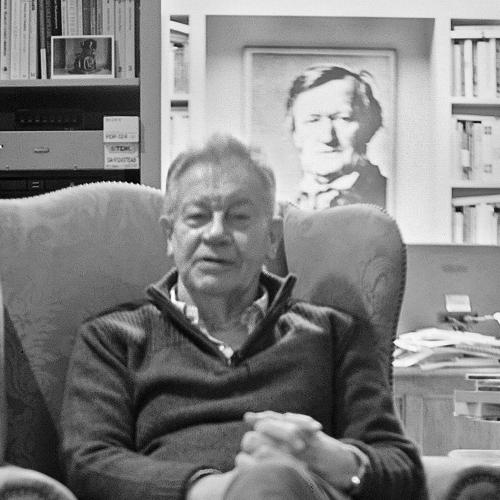COMPOSERS: Rachmaninov
LABELS: BIS
ALBUM TITLE: Rachmaninov
WORKS: Symphony No. 3 in A minor, Op. 44; Rhapsody on a Theme of Paganini, Op. 43
PERFORMER: Yevgeny Sudbin (piano); Singapore Symphony Orchestra/Lan Shui
CATALOGUE NO: BIS-SACD-1988
The Symphonies of Carl Nielsen are a late enthusiasm of Sir Colin Davis; given how ardent an exponent of Sibelius he has always been, one might have expected him to investigate his Danish contemporary sooner. This is the second instalment of his Nielsen Symphony series with the LSO, recorded with admirable clarity and carrying no extra-musical sounds apart from an occasional gasp, groan or semi-melodic hum from the conductor – but there are fewer of those than usual.
These two works, from the opposite ends of Nielsen’s symphonic career, are problematic in different ways. The First is no masterpiece, though there have been plenty of worse first attempts. It owes a large debt to Brahms, but that alternates with passages where Nielsen seems to be wondering what to do next. Even when the music lacks character or individuality, one is led to wonder how things might turn out, and often enough Nielsen finds something fairly interesting to say.
The Sixth Symphony is altogether more demanding. Following the intervening four symphonies, with their progressively agonistic elements, this work renounces all aspirations to the heroic. It sounds as quirky as Shostakovich’s later symphonies, though vastly more fascinating.
In Nielsen’s Symphony, the opposition seems to be between the threat of extinction, represented at its most alarming by menacing batteries of sound, and a variety of wry responses to that threat of annihilation, as if it were possible to shrug it all off. In some ways the outcome is puzzling, but it’s also moving in its refusal to find consolation or to aspire to noble resignation.
Michael Tanner

